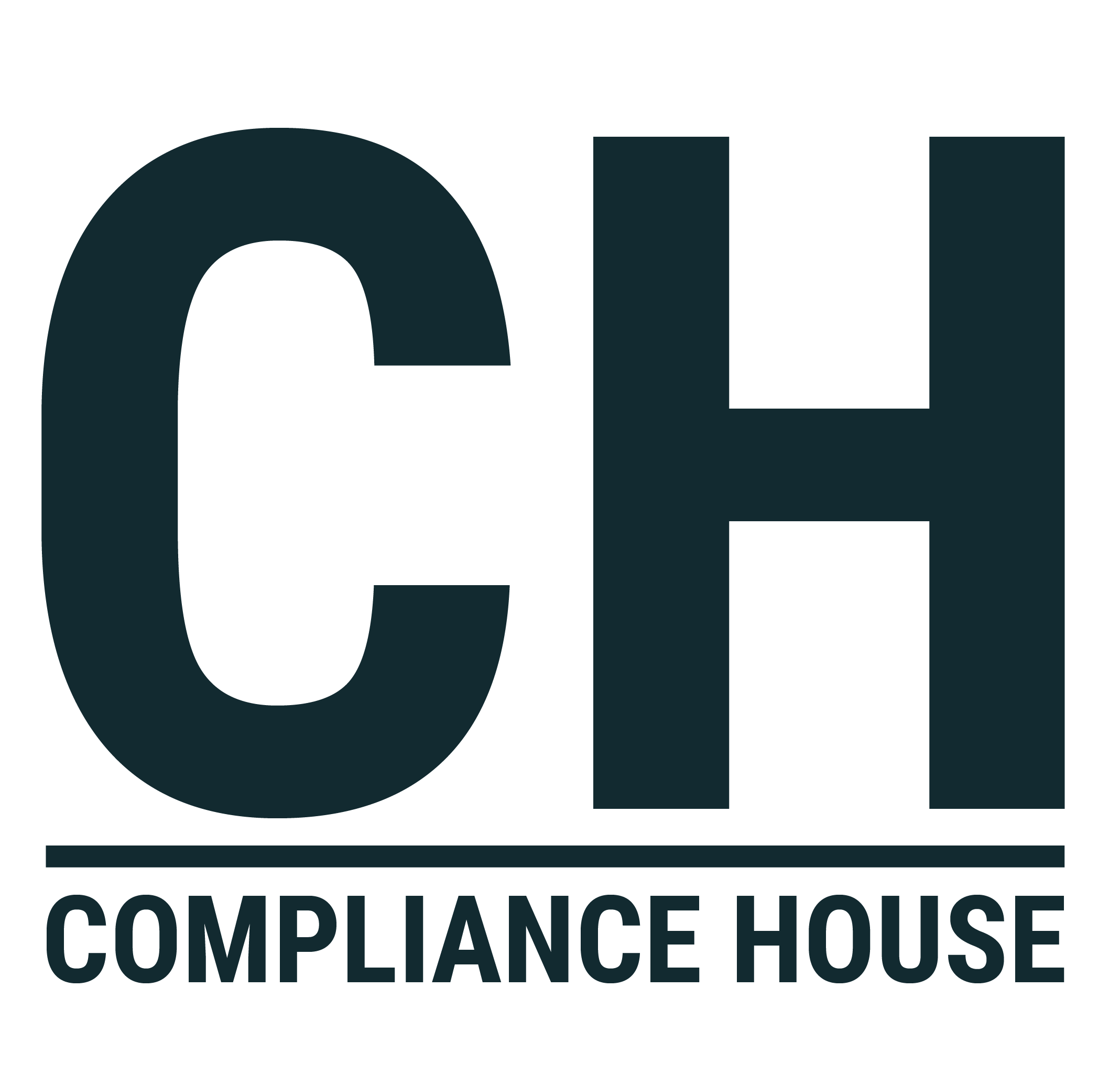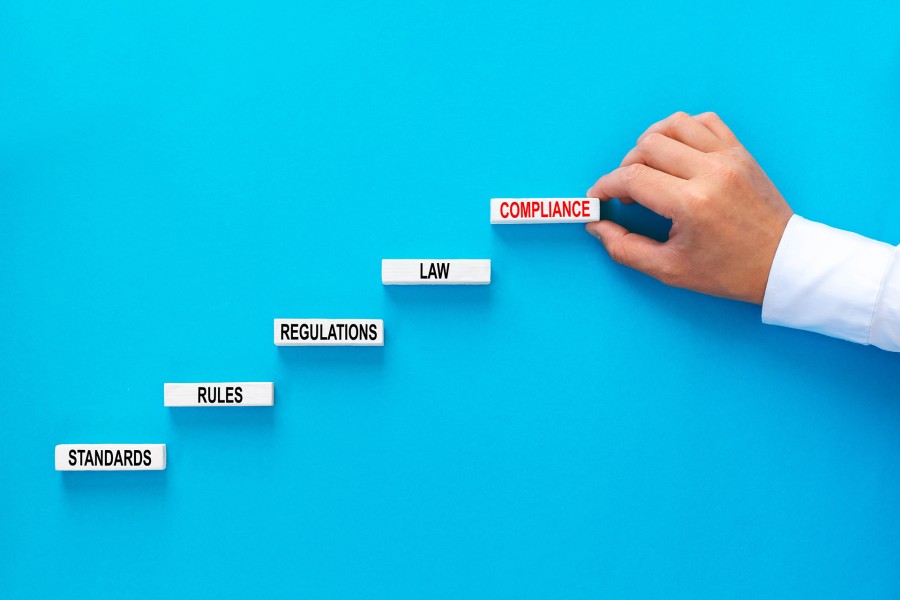In a world that’s increasingly interlinked and regulatory-intensive, a robust compliance program is no longer a luxury—it’s a necessity. But what differentiates an effective program from a defective one? How can your organization avoid compliance pitfalls? This article aims to provide hints for you on making your compliance program fail-safe, providing you with an analysis of a recent failure and the tools to forge a future-proof program.
A Case of Failed Compliance to Remember
In 2018, one of the world’s most renowned financial institutions, Danske Bank, became embroiled in a colossal money-laundering scandal involving €200 billion in suspicious transactions. Despite having a seemingly robust compliance program, the bank’s system failed to prevent this calamitous breach. The cause? Inadequate controls, poor oversight, and an organizational culture that prioritized profits over ethics. This monumental failure underscored the importance of not just implementing compliance protocols, but also ensuring their effectiveness.
How Have Compliance Programs Evolved?
In the aftermath of large-scale corporate failures and the accompanying societal outcry, the turn of the 21st century saw the emergence of compliance as a critical corporate function. Initially, companies viewed compliance as a mere box-ticking exercise, a necessary evil to avoid penalties. Over time, the perception evolved. Legislation like Sarbanes-Oxley (2002) and Dodd-Frank (2010) in the US, and Bribery Act (2010) in the UK, demanded more comprehensive compliance measures. Corporations started acknowledging the importance of compliance as a strategic function, with preventive and value-additive dimensions, leading to better risk management and improved business performance. Thus, compliance moved from a ‘tick-box’ approach to a more integrated part of corporate governance.
Shortcomings Causing Compliance Failures
Despite the progress, compliance failures continue to occur. Common pitfalls include a lack of commitment from senior management, a weak compliance culture, insufficient resources, outdated technology, and poorly defined compliance metrics. All these elements contribute to creating a loophole-ridden program, susceptible to lapses.
How Compliance Metrics Go Astray
Compliance metrics play an integral role in measuring the efficacy of a compliance program. However, these metrics can often lead astray due to two primary reasons: incompleteness and invalidity.
- Incomplete Metrics: A common mistake organizations make is focusing on quantitative measures only, such as the number of training sessions conducted or policies implemented. This focus overlooks the qualitative aspects, like the effectiveness of the training or the employees’ understanding of policies. A fail-safe program must incorporate both quantitative and qualitative indicators to provide a holistic view of compliance effectiveness.
- Invalid Metrics: Sometimes, organizations measure what’s easy rather than what’s important, resulting in invalid metrics. For instance, tracking the number of reported compliance issues may provide a false sense of security if employees lack confidence in the reporting mechanism, fearing retaliation. Therefore, it’s essential to validate metrics regularly to ensure they accurately reflect the health of your compliance program.
Mistaking Legal Accountability for Compliance Effectiveness
One common misperception is equating legal accountability with compliance effectiveness. Just because a company hasn’t faced legal action doesn’t mean its compliance program is effective. Compliance is not just about avoiding litigation; it’s about fostering an ethical culture, proactively identifying risks, and continually improving processes. Relying solely on the absence of litigation as a success indicator can mask underlying issues, leading to catastrophic consequences when undetected non-compliance issues finally surface.
Creating Models to Evaluate the Impact of a Compliance Program
Effectively measuring the impact of a compliance program is a challenging endeavor. Traditional metrics may only show compliance with regulations but fail to account for the more nuanced aspects, such as ethical conduct, corporate culture, and stakeholder trust. To develop a more holistic evaluation model, consider these three critical components:
- Comprehensive Metrics: Embrace a more extensive set of metrics that gauge not just the ‘tick-box’ compliance, but also behavioral and cultural aspects. Metrics such as employee perception surveys, levels of proactive issue reporting, and incident response times can provide valuable insight into the program’s effectiveness.
- Technology Integration: Leverage advanced technology and data analytics to continuously monitor compliance. Artificial Intelligence (AI) and Machine Learning (ML) can identify patterns, predict potential risks, and provide more nuanced insights, thereby enhancing the program’s evaluation.
- Independent Audits: Regular third-party audits can provide an unbiased review of your program, identifying gaps and potential areas of improvement. They provide an external viewpoint that helps you refine your compliance program continually. This brings us to ISO37301.
The standard can help make your compliance program fail-safe by providing a framework for establishing and maintaining an effective compliance management system. The standard requires organizations to establish policies and procedures for identifying and assessing compliance risks, implementing controls to mitigate those risks, monitoring compliance with those controls, and taking corrective action when necessary.
The key benefits of implementing a compliance management system (CMS) based on ISO 37301 include:
- Improved business opportunities and sustainability
- Enhanced operational effectiveness
- Competitive advantage
- Effective and efficient management of compliance risks
- Increased confidence of third parties in the organization’s capacity
- Improved compliance culture, awareness, and a positive impact on reputation
An effective CMS allows organizations to comply with relevant laws and regulations, international standards, industry practices, and codes of conduct. It ensures commitment to good norms of corporate governance, best practices, and ethical principles.
Proposing Solutions for a Fail-Safe Compliance Program
Creating a fail-safe compliance program may seem daunting, but it’s not an unattainable goal. Here are some strategic steps your organization can take:
- Management Commitment: Nothing can replace the top-down commitment to compliance. Leaders should demonstrate their adherence to ethical behavior and regulatory compliance, setting the tone for the entire organization.
- Continuous Training: Invest in regular, engaging, and job-specific compliance training to ensure employees at all levels understand what’s expected of them.
- Cultivate a ‘Speak Up’ Culture: Employees should feel comfortable reporting potential issues without fear of retaliation. A trusted, confidential reporting mechanism can foster this culture.
- Proactive Risk Management: Anticipate potential compliance risks through predictive analytics and proactive controls, rather than reacting after a compliance breach.
- Periodic Reviews and Updates: Compliance is a dynamic field. Regularly review and update your program to align with changing regulations, business environments, and evolving risk landscapes.
By following these steps, organizations can develop a resilient compliance program that doesn’t merely react to regulatory requirements but anticipates them, serving as a strategic business enabler. Remember, the goal is not to eliminate all risks—that’s impossible. The objective is to manage these risks effectively, building an organization that’s as resilient as it is compliant.
In conclusion, creating a fail-safe compliance program is a challenging yet indispensable task. Learn from past failures, adapt to evolving best practices, ensure a strong commitment from leadership, and regularly evaluate your program’s effectiveness. It’s not about having a perfect compliance program, but one that continuously learns, improves, and adapts. Remember, it’s not the strength of the compliance program on paper that matters, but its effectiveness in practice.







